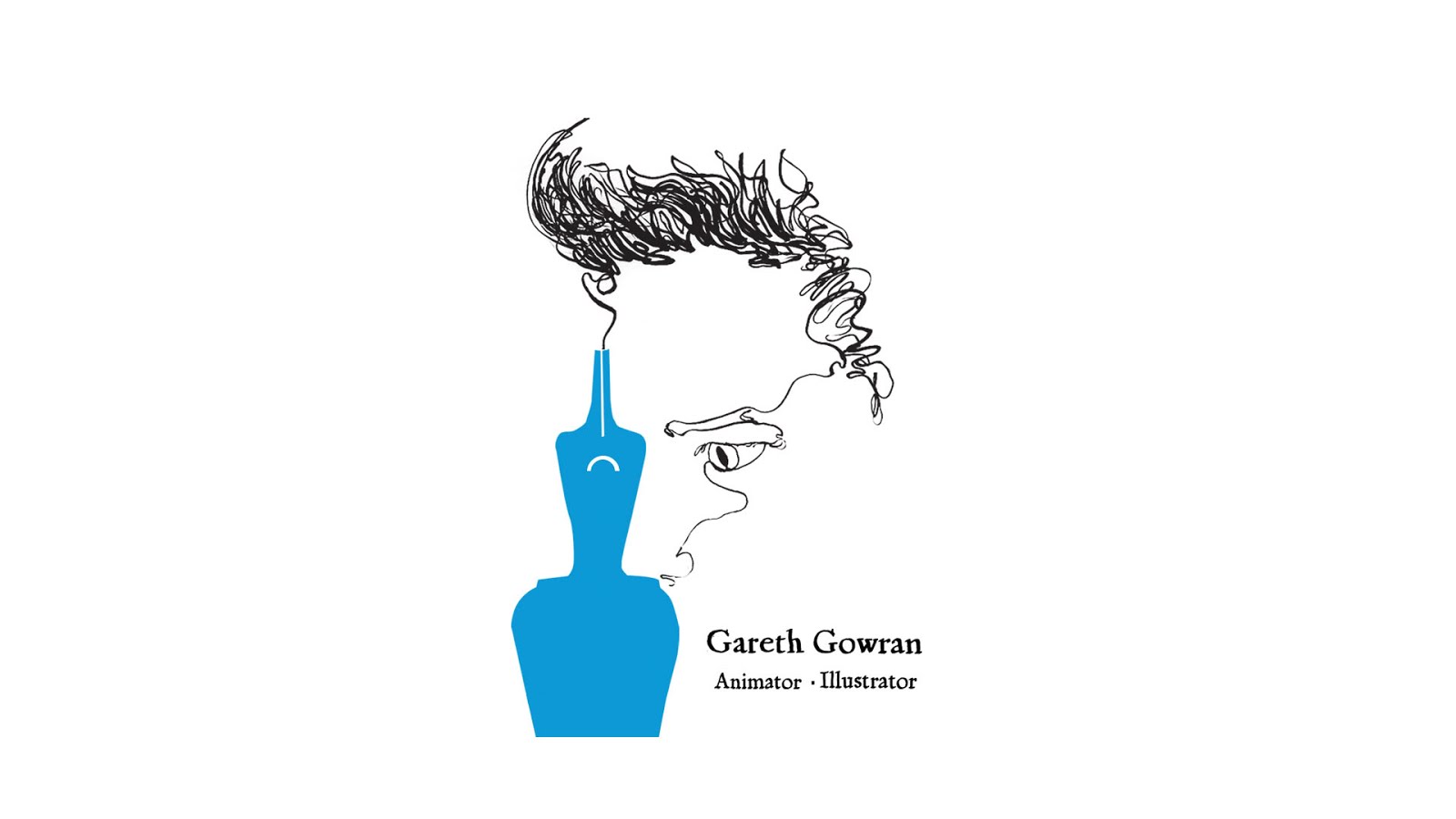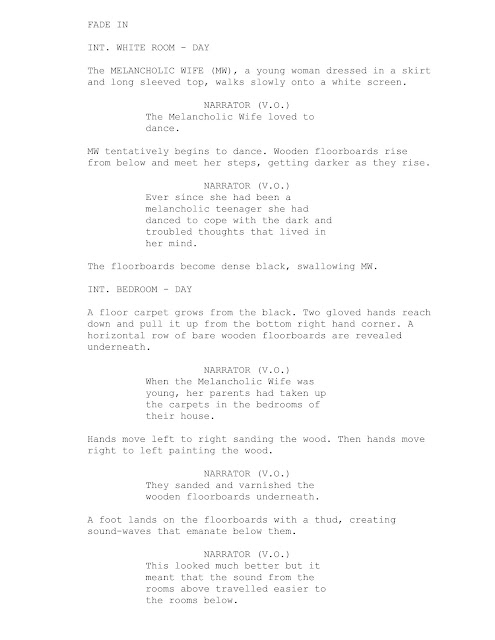Assignment Aims
This module a client based project designed to suit your own animation interests. The aim is to respond to a creative brief to a high standard with the ultimate aim of client satisfaction.
Assessment Tasks
Create a 15-30 second animated video that effectively represents a brief required by The Peter McVerry Trust and fulfils any creative or professional skills that you wish to address personally or professionally.
Research
For our professional project module we have been asked to develop a concept and make a short 15 - 30 second animated film for the Peter McVerry Trust. The films will be based on interviews from people who have received the support of the trust. We have received three films so far with the possibility of more to come. They are;
The Peter McVerry Trust is a charity set up by Fr Peter McVerry to reduce homelessness and the harm caused by drug misuse and social disadvantage. So to begin with I researched the organisation through their website to try to get a sense of their values for myself. What I could identify was a commitment to a set of values which included;
- Human Rights
- Creating safe, challenging and supportive environments
- Warmth and respect
- Active Encouragement
- Prevention
- Empowerment
- Dignity, respect and opportunity
- Integration into community
- Independence
- Specifically, housing as a human right
One of the challenges that I see in this project is maintaining respect for the words of the service users as spoken in the films and acknowledging their vulnerability. Having not had their lived experience, I will not have the same understanding of the many complex layers of that experience. I see my goal in creating a film as having empathy while not trying to think that I can really know and understand what they’ve gone through. So bearing that in mind I watched the films trying to discover the most appropriate themes to base an animated narrative on.
Barry - Moving On
The emotions that I perceived running through the film were a sense of awe, joy, appreciation and gratitude. And the words that really struck me were when Barry said; 'I christen this Barry's new home’; 'lived in a cell no bigger than this (kitchen)’; 'first cup of tea in my house, what I wanted all along’. I felt an undercurrent of disbelief or an understandable guardedness, I can only guess at the fear that it may be taken away. Despite Barry being on crutches, he moves through every room of the house, exploring the whole space.
The idea for a film that comes to mind is based on that movement, a figure moving through the rooms of a house bringing colour and texture as he goes. The rooms aren't real until he encounters them, he brings the meaning.
Dwayne - Home for Good
Dwayne has been in his home for a year, he lived in one of the trust's hostels before that. The emotions that came to mind were feelings of pride,security and empowerment; 'I can have me family over now’. What really struck me from this film was the symbol of the keys, the power of having your own key, Dwayne states his fear of losing his home when he goes into treatment but he repeats the words of one of his support workers, 'The keys are yours'.
The concept that came to mind from watching this film is based around the symbology of the key. The key as a small token, a talisman that represents the bigger idea of home. I had the image of his house key as a seed, when he carries it with him it's just a key, but when he inserts it in the lock his home grows from it. The key, this small object, holds within it the intention, potential and concept of home. This idea of the importance of the key was reinforced by watching other videos on the client's website documenting other people's experiences of moving into a new home.
Peter - Housing First Dublin
Peter had been staying in hostels and sleeping rough for the past ten years. There seemed a stillness to him as he moved through the house, I got a sense of awe again mixed with disbelief and appreciation. 'It is my gaff’ he says, almost like he's testing the waters. And he speaks of security, privacy and the chance to live a normal life. Then he says it's 'like Christmas morning as a child’, giving me the idea of a long awaited, hoped for gift. The transience and impermanence of being homeless were what struck me, living with no solid base, a ghost-like experience.
For the film the image that struck me was of the different ages of Peter all moving into this house together. Physically he's a man of a certain age but he's bringing his child self, his young man self, they're all coming into this house together to inhabit the house, safe. The memories of their needs from those ages are still with him. I feel the challenge would be how to effectively communicate this concept in a short space of time so that it looks like different aspects of Peter moving in, not different people all moving in together.
From a personal professional perspective I would like to explore using cut-out animation techniques for the film. I work with colour and texture a great deal as an arts educator and would like to bring this experience and experimentation to bear in a film, expressing emotion through colour and texture. The participants words are their self-expression and I see the film as an opportunity to possibly fully express the happiness and relief they may feel. For the visuals I would intend to draw inspiration from the short film The Thomas Beale Cipher by Andrew Allen, with its strong use of graphic forms to communicate movement and tension; and textures to situate the action and give the context of era and place. Also I’m interested in robust use of colour as typified in some of the animated sections of the film I am Sun Mu which can be seen from the trailer.
We will be given a presentation by representatives of the Trust next week. Possible questions I could ask are;
- Given that I have not had the same lived experience as the interviewees and would have limited understanding, what do they feel are the main themes or values they would like to see represented in the films from their experience?
- Having recently worked at an event in Sophia Housing and having heard the chief executive there Tony O’Riordan call it the ‘trauma of homelessness’, would they use the same words? Could they talk about that?
- Is there any one item that indicates to you that a person has really moved into a home, like a fish-tank or a fancy plant, is there a type of item that says that very strongly?























